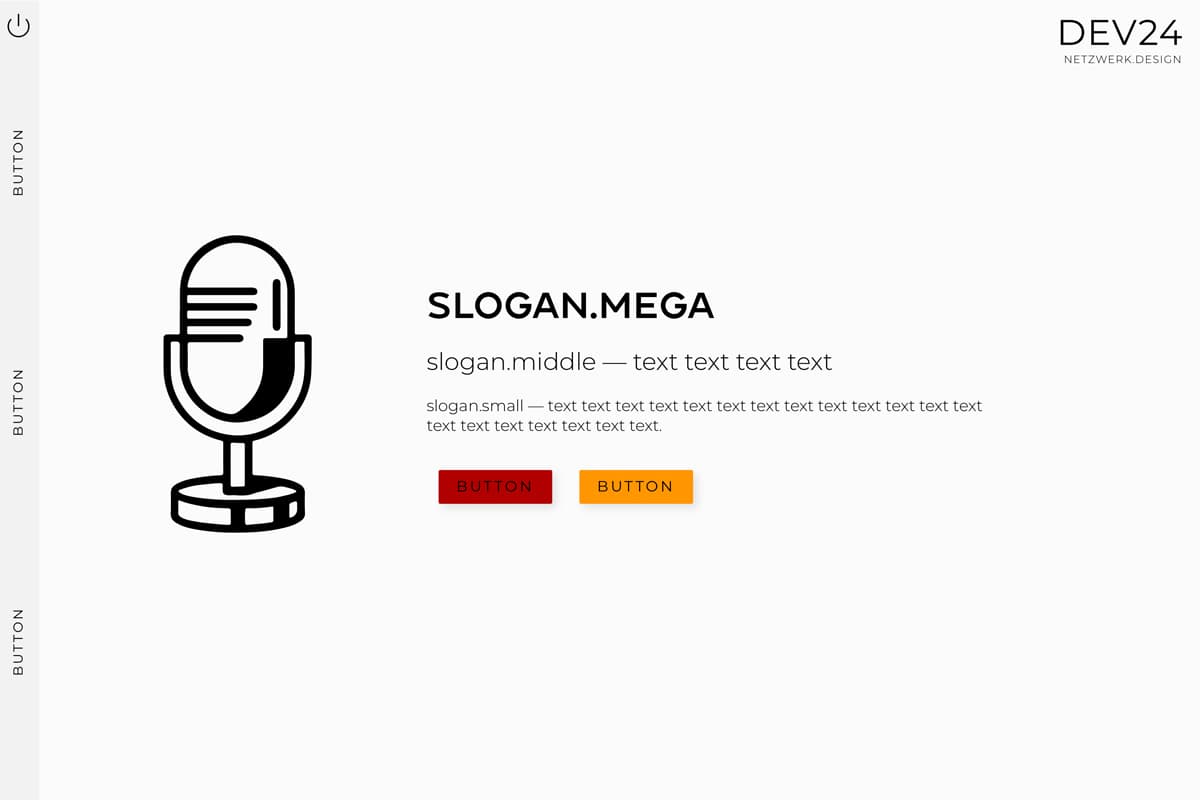The time of the big page builder themes is over
The choice of theme is fundamental to the development of a WordPress website. You make the decision for a longer period of time, as changing it later is time-consuming. It is therefore worth investing time in research at this point. Here are a few tips for making the right choice.
So-called multi-purpose themes supposedly offer many design options, but in fact they are limited to the clickable options. This is not enough for a good web design in the company's corporate design.
The high-gloss demo pages of these themes deceive and impress with large images - which never fit your company - and hundreds of layout variants, of which you only need one or two - and should, because too many of them will make the page look restless instead of clear and in the style of the company. They are also irrelevant for the ranking of a page, for which the focus should rather be on the quality of the content, speed and search engine optimisation SEO.
What requirements should a good theme fulfil?
A good WordPress theme should have the following features
- Cleanly designed and programmed (maximum total size of 3 MB, loading time, customisability)
- fast loading time (< 1 sec.), Google has been taking loading time into account in the ranking since 2019!
- Full integration of the new WordPress editor
- Provision of a page structure based on the new WordPress editor
- Access to WordPress hooks
- Prepared for translations
- Prepared for the WooCommerce shop system (without theme's own WooCommerce template files!)
- Regular updates
- Fast and competent support from the developers
Recognising these features requires some specialist knowledge and the first point in particular only becomes apparent when working with a theme, but I consider it to be one of the most important and it has a decisive influence on the development time and therefore the costs for a website.
The various formatting options are briefly described below:
Pure HTML
<p>In an HTML text, the formatting instructions are written directly into the text: <br>one word shall <b>bold</b> and another <span style="color: red;">red</span> be formatted.</p> Result:
In an HTML text, the formatting instructions are written directly into the text:
one word shall bold and another red be formatted.
Visual editors and page builders place a user interface or framework before the HTML code is generated. The operating concepts are very different.
The new WordPress block editor 'Gutenberg'
In the new WordPress editor 'Gutenberg', each page element (paragraph, image, columns, lists, etc.) is defined as an individually formatable "block" (block editor). The editor is fast, stable and intuitive to use. It is worth familiarising yourself with the operation of the editor, which is no more complicated for the editorial user than using a normal word processing programme.
Cf. WordPress Editor Gutenberg #1
Established page builder themes
Page builder themes are something of a dinosaur in the field of web design. They were useful tools 10 years ago, but today they are increasingly becoming a burden for the development of modern, fast websites.
The core of the outdated multi-purpose themes is their integrated page builder, which makes it possible to design a structured page even without knowledge of HTML and CSS. From the number of columns to inner and outer element spacing and colour specifications, everything can be set with a click. This can be quite time-consuming if you do this individually for each page and have to make sure that it is done uniformly everywhere. Formatting via CSS is much more productive, as the basic settings are only made once for all pages. Individual adjustments to individual pages are only necessary in exceptional cases, if at all.
If you want to change your theme at a later date because the previous page builder theme is no longer being developed or its design and functions are outdated, you will have to create a completely new website. It is often not even possible to transfer the posts and pages as raw text because the content is interspersed with countless shortcodes that are displayed as content without the page builder. In this case, the only option is to manually copy the content from the frontend, insert it into the new page and design it using the WordPress editor.
Another problem with page builders is their growth over the years, keywords backwards compatibility, growing with the developments of the CMS, offering all possible design elements (of which you usually only need a fraction), which means that the page builder themes can grow to a considerable size of 20 to 50 MB, i.e. ten to twenty times the size of a slim theme. - This makes every website slow.
Even if you are not so experienced with the use of HTML and CSS code, the development of the new WordPress block editor raises the question of how useful the use of a page builder theme still is.
Conclusion
In my opinion, WordPress has made a huge leap towards modern, fast and intuitive usability with the new editor. Some themes are already utilising this and more themes will follow. One indicator of the quality of a theme across many factors is the loading time, which is also playing an increasingly important role for Google.
By the way, for this website I use the recommended theme GeneratePress in its Pro version.
When choosing your theme, pay attention to the features mentioned above. It will significantly influence the quality of your website.
